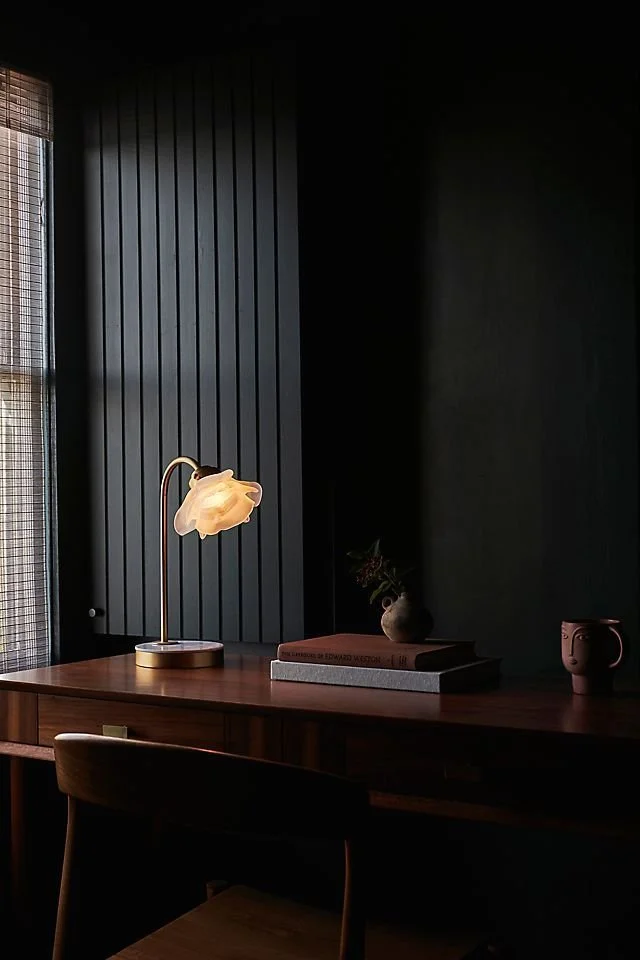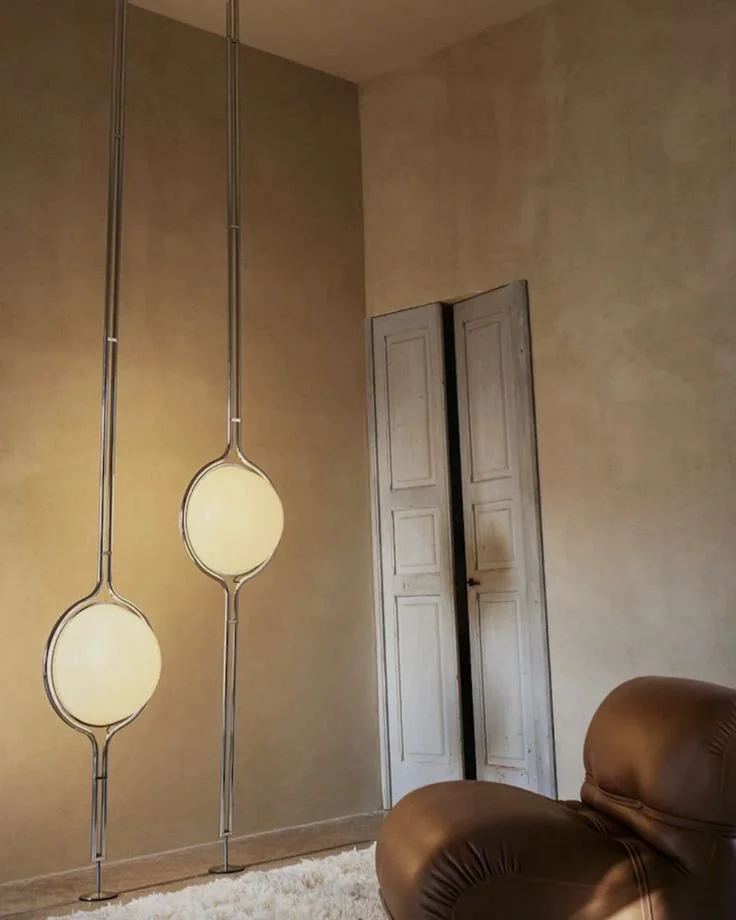Why Three Levels of Lighting Are the Secret to a Well-Designed Room
If your room feels flat, dull, or off—lighting might be the culprit. Great interior design doesn’t stop at furniture placement or paint colors. One of the most powerful (and overlooked) tools is layered lighting. To create a space that feels balanced, functional, and visually rich, you need three levels of lighting: ambient, task, and architectural.
1. Ambient Lighting: Set the Mood
This is your room’s overall lighting—often from ceiling fixtures. It should be soft and diffused, creating a welcoming glow. Think pendant lights, flush mounts, or LED strip lights recessed into ceiling coves for a modern touch.
2. Task Lighting: Focus on Function
Task lighting helps you perform specific activities like reading, cooking, or working. This is where desk lamps, under-cabinet lights, or adjustable sconces come into play. Table lamps next to a sofa or LED strips under cabinets make a huge difference in both functionality and ambiance.
3. Architectural & Decorative Lighting: Add Dimension
Think of this as your jewelry layer—pure visual interest. Wall sconces, LED strip lights on shelves, and statement floor lamps bring architectural detail and personality to a room. Don’t underestimate how much a single decorative lamp can elevate your design.
Pro tip: Combining all three layers—especially with dimmers—can completely transform your home from basic to beautiful. Aim for a mix of floor lamps, table lamps, and indirect lighting to create depth and warmth.










